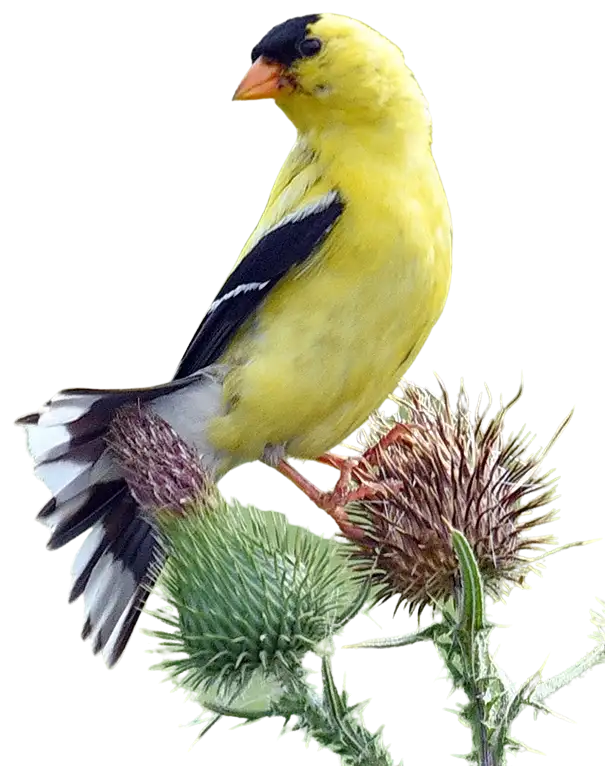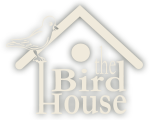Snowy Owls: Conserving a Ghost
By Jim Ochterski, formerly on the RBA Conservation Committee
The bird sighting reports during early winters in the Rochester area often have their headline bird: Snowy Owl! Niagara airport, Batavia airport, and Charlotte Pier are often the best areas to see a Snowy Owl in our area.

Snowy Owl in flight from Summerville Pier © Laurie Dirkx – http://www.lauriedirkx.com/
The Snowy Owl is very much a now-you-see-it-now-you-don’t kind of bird; truly ghost-like. It turns out, researchers have the same take on them. Snowy Owls are unlike most birds in that they apparently have no migration pattern. Their movements are erratic across a huge portion of the very northern parts of the Northern Hemisphere.
From an international conservation point of view, Snowy Owls are considered a “least concern” on the IUCN Red List of Threatened Species. But with only 290,000 individuals on the planet, there is not a lot of wiggle room for this species. They could be declining, but we would not know it due to their extremely large range and ghost-like tendency to show up and disappear without notice. The population is decreasing, but the decline has not been observed to be “sufficiently rapid” to be considered vulnerable. But frankly, there is a lot we don’t know.
The Pole to Pole Campaign sees the Snowy Owl a bit differently. They are an awareness group focused on polar habitats and species. They provide a statement of caution about Snowy Owls that is worth heeding: “The effects of a rapidly changing Arctic climate on Snowy Owls are almost completely unknown and may remain obscure for years to come. Development of natural resources and the continued growth of Arctic communities pose a threat to the owl’s breeding habitat if not properly planned and managed.” They also cite some very unexpected threats to Snowy Owls, including death by collisions with automobiles and planes, entanglement in fishing lines, and illegally shooting for body parts, including the eyes, which are apparently sold as aphrodisiacs.
The only way we can really track Snowy Owls for conservation insights is using satellite transmitters and see where they go and when they go there – ghost-tracking if you will. This kind of Arctic raptor research is in its infancy because technology has finally allowed for transmitters small enough to be tolerated by individual birds, but strong enough to stay in touch with satellites.
One of the first Snowy Owl transmitter projects produced a surprising finding. The conventional wisdom is that Snowy Owls consume small land mammals year round so they move to southern areas to hunt similar prey during the winter. Guess again. Most adult females tracked in a 2007 study spent several weeks on sea-ice. Satellite images of sea-ice indicated that owls were primarily gathering around open water patches in the ice, seemingly to feed on seabirds (perhaps explaining why Charlotte Pier seems attractive to local Snowys). Again, in an age where sea-ice is declining and open water patches are becoming vast lakes, the natural hunting habitat for Snowy Owls is in question.
Some of us can and will see Snowy Owls this winter, some of us won’t. All of us can take action to conserve electricity and reduce the demands we are putting on the Arctic climate and ground habitats. Unplug electronics that are on standby, turn off unnecessary lights, and reduce your use of gasoline, oil, and non-renewable sources of energy. Surprisingly, each of these actions at home can be of future benefit to a unique bird – the Snowy Owl.
Sources:
Pole to Pole Campaign fact sheet about Snowy Owl : www.poletopolecampaign.org
An avian terrestrial predator of the Arctic relies on the marine ecosystem during winter by J.-F. Therrien, and G. Gauthier in Journal of Avian Biology 2011(42) pp. 363-369.



